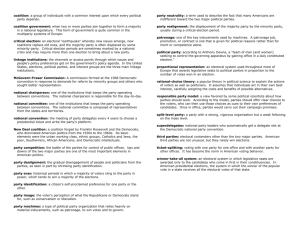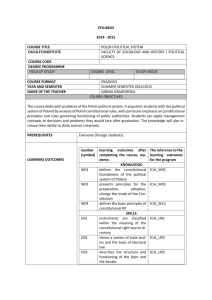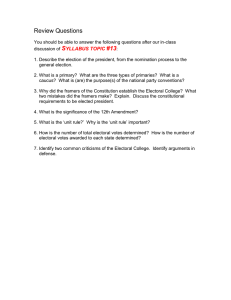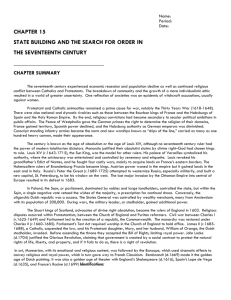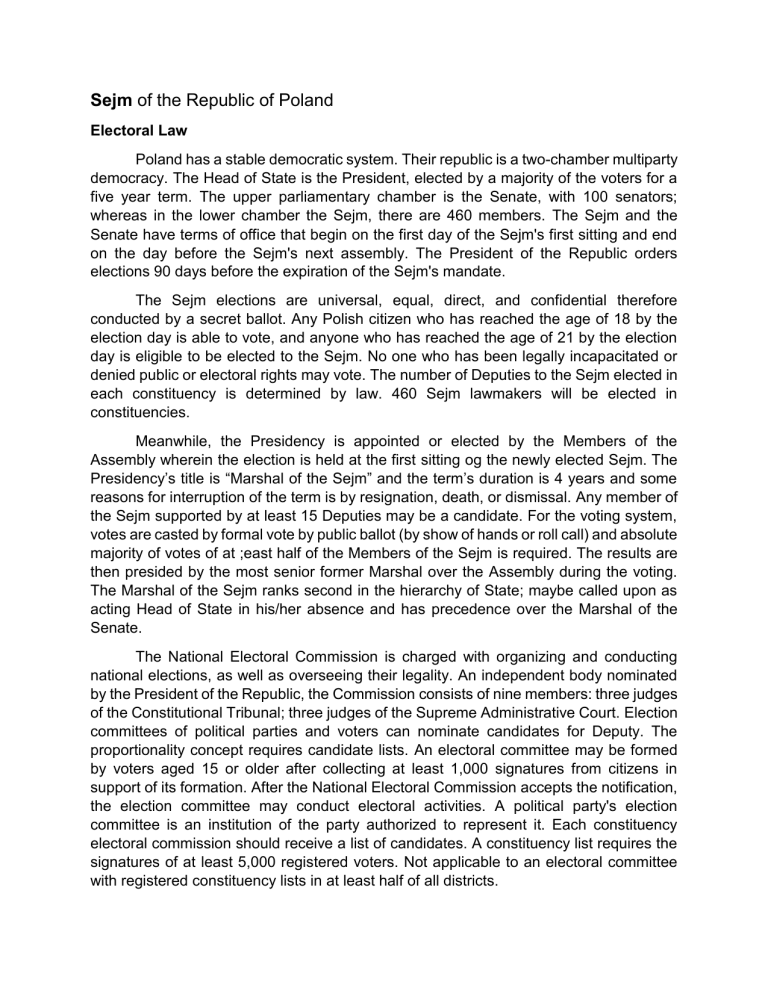
Sejm of the Republic of Poland Electoral Law Poland has a stable democratic system. Their republic is a two-chamber multiparty democracy. The Head of State is the President, elected by a majority of the voters for a five year term. The upper parliamentary chamber is the Senate, with 100 senators; whereas in the lower chamber the Sejm, there are 460 members. The Sejm and the Senate have terms of office that begin on the first day of the Sejm's first sitting and end on the day before the Sejm's next assembly. The President of the Republic orders elections 90 days before the expiration of the Sejm's mandate. The Sejm elections are universal, equal, direct, and confidential therefore conducted by a secret ballot. Any Polish citizen who has reached the age of 18 by the election day is able to vote, and anyone who has reached the age of 21 by the election day is eligible to be elected to the Sejm. No one who has been legally incapacitated or denied public or electoral rights may vote. The number of Deputies to the Sejm elected in each constituency is determined by law. 460 Sejm lawmakers will be elected in constituencies. Meanwhile, the Presidency is appointed or elected by the Members of the Assembly wherein the election is held at the first sitting og the newly elected Sejm. The Presidency’s title is “Marshal of the Sejm” and the term’s duration is 4 years and some reasons for interruption of the term is by resignation, death, or dismissal. Any member of the Sejm supported by at least 15 Deputies may be a candidate. For the voting system, votes are casted by formal vote by public ballot (by show of hands or roll call) and absolute majority of votes of at ;east half of the Members of the Sejm is required. The results are then presided by the most senior former Marshal over the Assembly during the voting. The Marshal of the Sejm ranks second in the hierarchy of State; maybe called upon as acting Head of State in his/her absence and has precedence over the Marshal of the Senate. The National Electoral Commission is charged with organizing and conducting national elections, as well as overseeing their legality. An independent body nominated by the President of the Republic, the Commission consists of nine members: three judges of the Constitutional Tribunal; three judges of the Supreme Administrative Court. Election committees of political parties and voters can nominate candidates for Deputy. The proportionality concept requires candidate lists. An electoral committee may be formed by voters aged 15 or older after collecting at least 1,000 signatures from citizens in support of its formation. After the National Electoral Commission accepts the notification, the election committee may conduct electoral activities. A political party's election committee is an institution of the party authorized to represent it. Each constituency electoral commission should receive a list of candidates. A constituency list requires the signatures of at least 5,000 registered voters. Not applicable to an electoral committee with registered constituency lists in at least half of all districts. The existing Act on Elections to the Sejm and Senate of the Republic of Poland guarantees freedom of campaigning. However, election agitation literature must not contain misleading information. A candidate for the Sejm or an election agent may petition the regional court for appropriate action (e.g. confiscation of materials, order to correct information, order to apologise to the person libeled). The law guarantees election committees equal access to radio and television, allowing them to broadcast election programs without charge. Moreover, any election committee may broadcast pad electoral commercials at the same rate. Since 1989, The Republic of Poland has had a multi-party system, with numerous competing political parties. Poland, from being a mono-party Communist regime to liberal democracy and pluralism—it has resulted into new political parties stemming up in the early 1990’s. When the first free parliamentary elections in 1991 seats in the Sejm, the elected were divided among more than a dozen different parties. The existence of many parties has become bothersome and are labeled counterproductive to the effectiveness of the parliament and a hindrance towards producing stable governments. Right-wing parties have dominated politics since the 2005 legislative elections and appear to be in their best position yet. Since 2005, two major changes have occurred in the political environment. First, the SLD (Communist successor) is no longer the leading party. The fundamental ideological divide is between the ex-Solidarity right and the exCommunist left. The Law and Justice Party (promotes economic interventionism and social conservatism) and the Civic Platform (representing a more liberal-conservative position). These are few examples of the party competitions in Poland:
